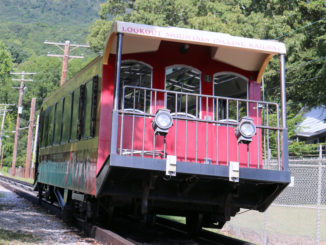By the late 1970s, railroad were not in a state of good repair. The issue over railroad safety and repair became an issue after a June 1977 Conrail derailment in Metuchen, N.J. In that wreck, 17 cars derailed and took the busy Northeast Corridor out of commission.







